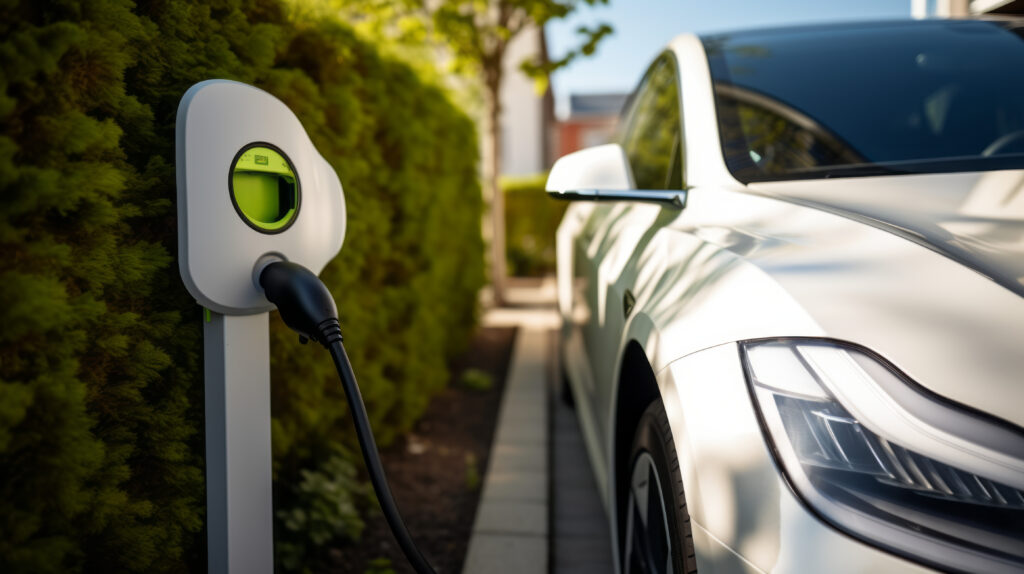Case study: Poorly maintained EV charger damages vehicle
It is vital that EV charging stations are appropriately maintained. Issues with charging stations and electric vehicles is an emerging concern, and LGIS is starting to see an increase in claims.
In this case, a member of the public plugged their vehicle into a free charging station provided by the local government. They alleged that the charger registered a phase error and caused damage to the on- board charger. Repairs to the vehicle where just over $3,000.
Following investigation of the claim, it was discovered that the member was aware that there was a fault with the charging cable. Due to the member having prior knowledge of the issue and failing to take steps to mitigate the risk, the claim was settled.
Lessons learned:
Members should ensure that a risk assessment is done prior to providing new services to the community. Any new service should only be provided once appropriate mitigation policies and procedures are implemented and understood by all staff responsible. The EV charging station guide provides advice on assessment for these high risk assets. In this instance, the loss was only $3000 but if the loss event extrapolated to
a major lithium-ion fire spread, the losses could be catastrophic.
When the local government becomes aware of an issue, it should be addressed as soon as practicable. In this example the charging station could have been marked as ‘out of order’ to make sure it wasn’t used by the public until the issue had been fixed





